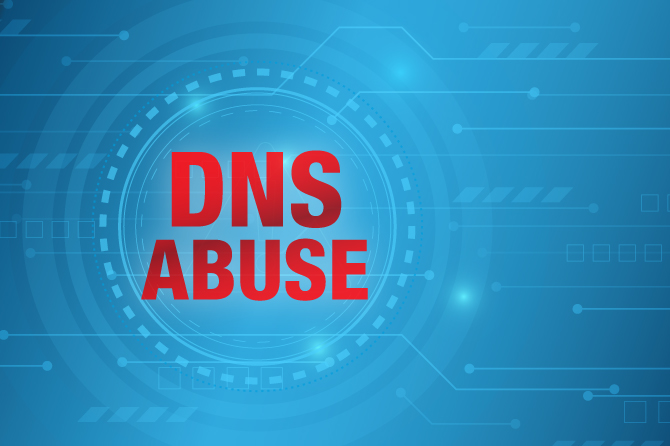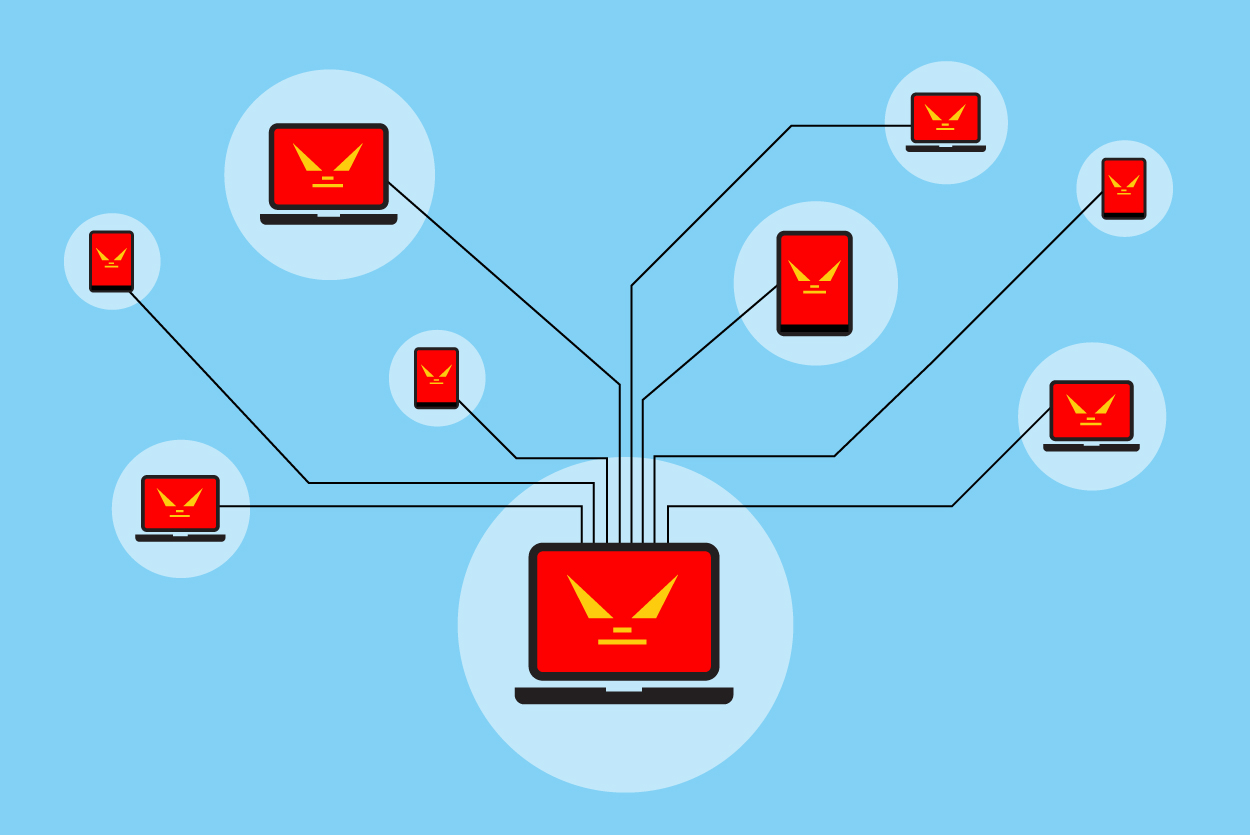On Jan. 11, 2025, Verisign supported the Internet Corporation for Assigned Names and Numbers (ICANN) in taking a major step to ensure the continued security, stability, and resiliency of the Domain Name System (DNS). While imperceptible to most users, this action – specifically, the introduction of a new Domain Name System Security Extensions (DNSSEC) Key Signing Key (KSK) in the root zone – is the next step of a multi-year-long process to change, or “roll,” the cryptographic key that secures the root of the DNS. In this blog post, we’ll go into more detail about what this means and what observations we can make about the new key, which we refer to as “KSK-2024.”1
(more…)








